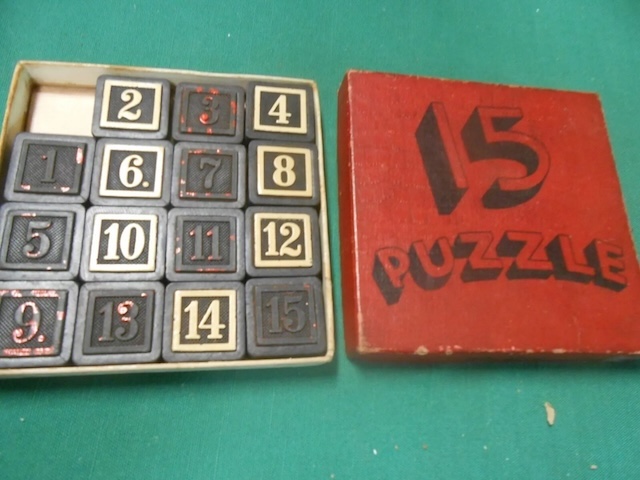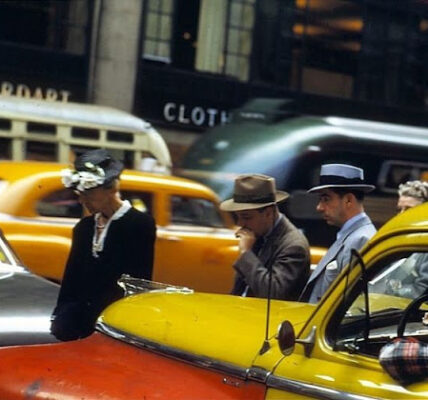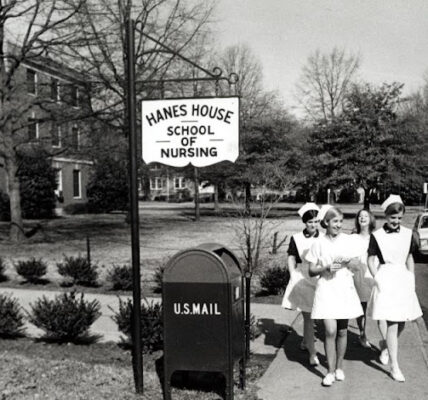Have You Used This Before? If So, You’re Connected to a Piece of History—Discover How It Shaped Generations! -s1
The 15 Puzzle, a small grid of sliding numbered tiles, was a hallmark of intellectual entertainment in its heyday. This ingenious toy challenged minds across generations and became a staple in homes, schools, and even workplaces. Let’s journey back in time to uncover its fascinating history and why it remains cherished by puzzle enthusiasts today.
The Birth of the Iconic 15 Puzzle
The 15 Puzzle originated in the late 19th century, credited to Noyes Chapman, a postmaster from Canastota, New York, in 1874. Its simple design—a 4×4 frame with 15 numbered tiles and one empty space—belied the genius of its challenge. Although Chapman invented the puzzle, it was Samuel Loyd, a famous American puzzle designer, who made it a sensation. Loyd added a twist by offering a $1,000 prize for solving a seemingly impossible variation, propelling the 15 Puzzle into the limelight.
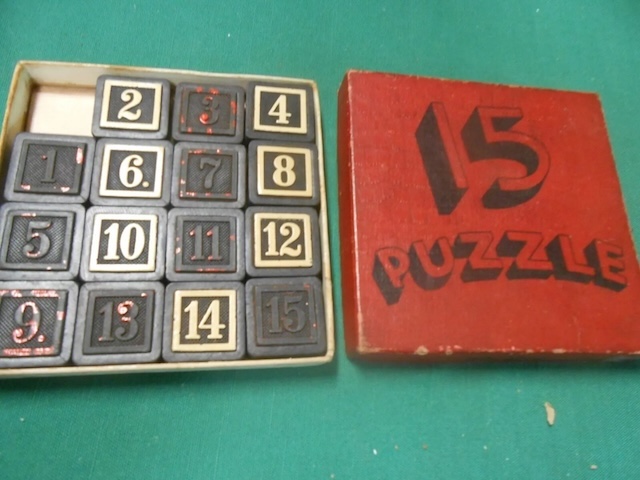
The Global Craze of the 19th Century
By the late 1800s, the 15 Puzzle was sweeping across Europe and the United States. Newspapers and magazines featured it, spurring heated competitions among enthusiasts. Schools embraced it as a tool for teaching logic and problem-solving, while adults saw it as a sophisticated form of leisure. Its portability made it an ideal companion for train journeys or quiet evenings by the fire.
In some parts of the world, the puzzle was so popular that it became a status symbol, with more affluent households commissioning custom-made versions with luxurious materials like ivory, brass, or wood.
Video:
The Mechanics: A Simple Yet Addictive Challenge
The objective of the 15 Puzzle was deceptively simple: arrange the numbered tiles sequentially from 1 to 15 by sliding them into the empty space. Yet, achieving this goal required a combination of strategy, patience, and spatial reasoning. The most famous variant, known as the “unsolvable configuration,” involved swapping two adjacent tiles. Little did many know that this arrangement was mathematically impossible to solve—a clever trick devised by Samuel Loyd to keep people engaged (and frustrated!).
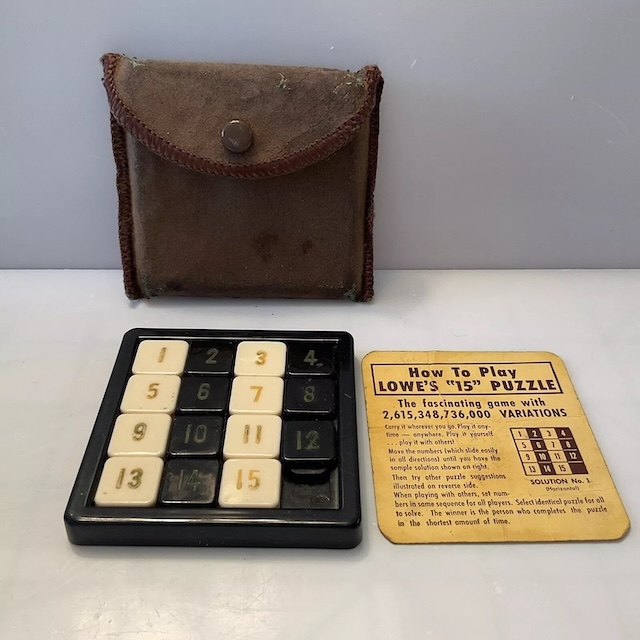
Cultural Impact and Timeless Appeal
The 15 Puzzle wasn’t just a toy; it was a cultural phenomenon. It bridged gaps between generations, offering a shared activity that was equally engaging for children, parents, and grandparents. It also served as a symbol of intelligence, with those who solved it quickly earning bragging rights.
In the mid-20th century, the puzzle experienced a resurgence as plastic became the preferred material for manufacturing, making it affordable for everyone. This transition from wood and metal to plastic ensured its place in classrooms and homes well into the modern era.
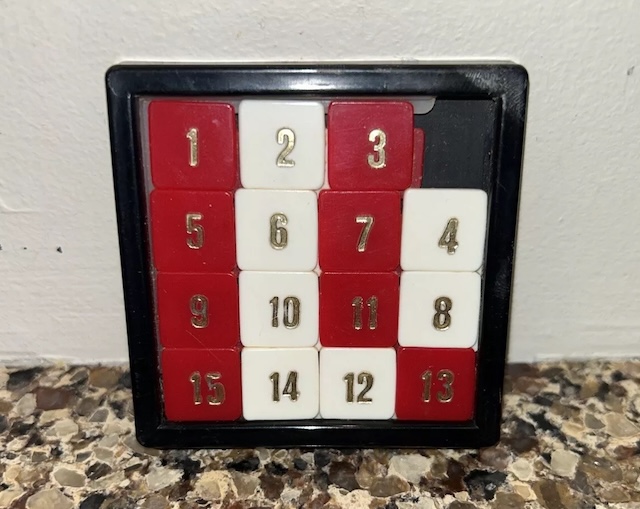
Interesting Stories and Events
The 15 Puzzle has been associated with numerous interesting anecdotes throughout history. One of the most notable stories involves its role in inspiring early computer algorithms. Mathematicians and computer scientists analyzed its permutations and devised methods to solve the puzzle, paving the way for advancements in artificial intelligence.
Another fascinating moment occurred during World War II, when soldiers carried 15 Puzzles in their kits to pass the time and alleviate stress. It was seen as a portable source of distraction during long and arduous deployments.
In Japan, the puzzle took on a new life as part of the country’s emphasis on educational toys. Schools incorporated it into math and logic curriculums, cementing its reputation as both a game and a learning tool.
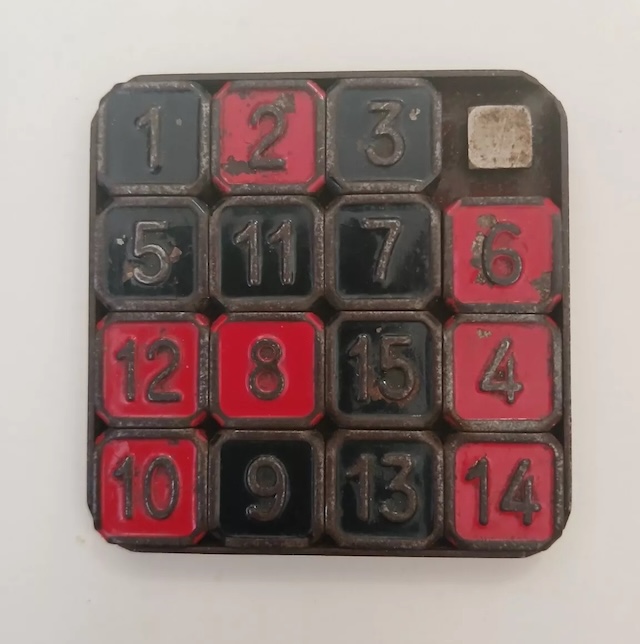
Conclusion
The 15 Puzzle may seem like a modest toy in today’s digital age, but its impact on history and culture is profound. It entertained millions, inspired scientific breakthroughs, and taught generations the value of perseverance and logical thinking. If you’ve ever held one of these simple grids, you’ve experienced a small piece of history that continues to captivate minds around the world.
